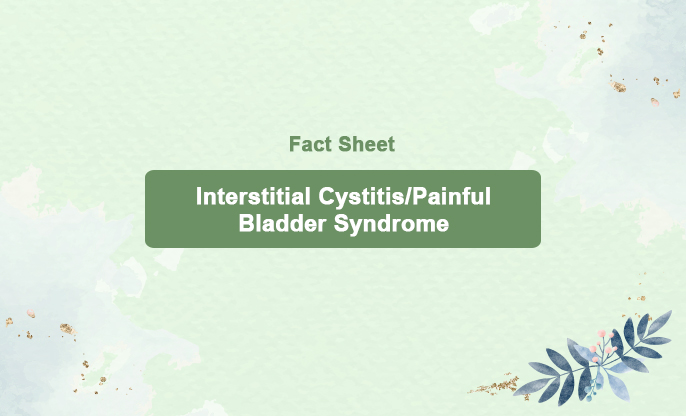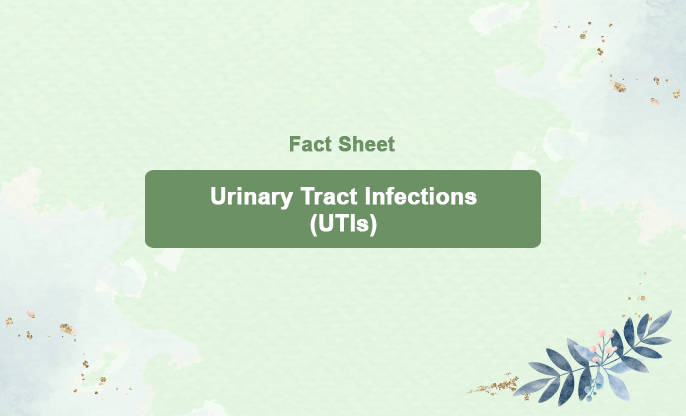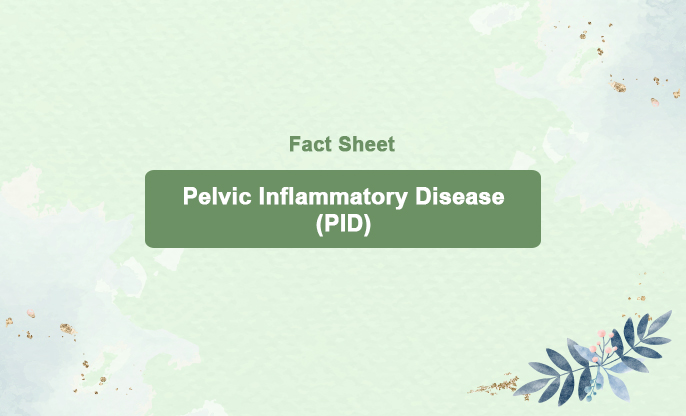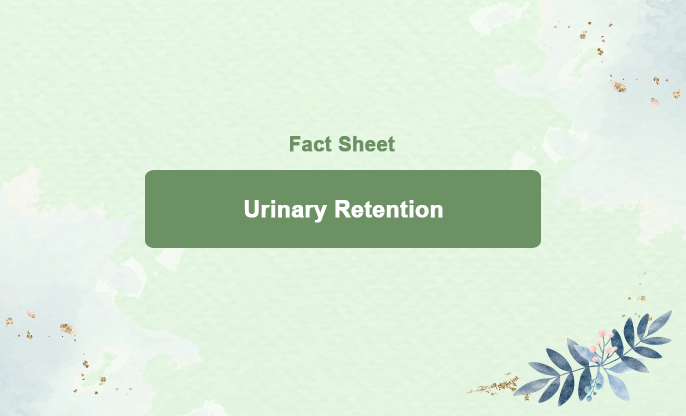
What is this?
Interstitial cystitis/bladder pain syndrome is a complex and chronic condition that primarily affects the urinary bladder, causing a variety of distressing symptoms. This disorder is marked by inflammation of the bladder lining, leading to recurring and often severe discomfort, as well as urgency and frequency of urination. Diagnosing and managing interstitial cystitis is challenging due to its unclear causes and its ability to mimic other urinary tract disorders. Individuals with interstitial cystitis experience a significant impact on their quality of life, as the symptoms can be highly disruptive and emotionally taxing.
The main symptoms of BPS (interstitial cystitis) include:
Intense pelvic pain felt in the lower abdomen
Sudden, strong urges to urinate
More frequent urination than usual
Pain in the lower abdomen when the bladder is filling, which is relieved by urination
Waking up several times at night to urinate
Other symptoms may include difficulty urinating, urinary incontinence, and blood in the urine (hematuria).
These symptoms can sometimes be caused by other conditions, such as bladder cancer. Therefore, a range of tests is necessary to rule out other possible causes before diagnosing BPS (interstitial cystitis).
Causes:
The exact cause of BPS (interstitial cystitis) remains unclear, but several theories exist about its origins:
Damage to the bladder lining, which may allow urine to irritate the bladder and surrounding nerves
Issues with the pelvic floor muscles that control urination
An immune system response causing inflammation
Some individuals diagnosed with BPS (interstitial cystitis) might have a chronic urinary tract infection (UTI) in the bladder that current urine tests fail to detect.
Additionally, BPS (interstitial cystitis) may be linked to other chronic conditions, such as fibromyalgia, myalgic encephalomyelitis/chronic fatigue syndrome (ME/CFS), and irritable bowel syndrome (IBS).
Treatment:
Treating interstitial cystitis/bladder pain syndrome (IC/BPS) often requires a multifaceted approach, as the condition varies widely among individuals. Here are several treatment options that may be used:
Lifestyle and Dietary Changes:
Diet Modification: Avoiding foods and beverages that irritate the bladder, such as caffeine, alcohol, spicy foods, and acidic fruits.
Bladder Training: Gradually increasing the time between urinations to train the bladder.
Stress Management: Techniques such as yoga, meditation, and deep breathing to reduce stress, which can exacerbate symptoms.
Medications:
Oral Medications: Pentosan polysulfate sodium (Elmiron), antihistamines, and antidepressants can help reduce symptoms.
Bladder Instillations: Direct application of medications into the bladder via a catheter to reduce inflammation and pain.
Physical Therapy:
Pelvic Floor Physical Therapy: To help relax and strengthen pelvic floor muscles, reducing pain and improving bladder function.
Bladder Distention:
Hydrodistention: Stretching the bladder with water under anesthesia, which can provide temporary relief of symptoms.
Nerve Stimulation:
Transcutaneous Electrical Nerve Stimulation (TENS): Using mild electrical pulses to reduce pain.
Sacral Nerve Stimulation: Implanting a device that sends electrical impulses to the sacral nerves, which control the bladder.
Surgery:
Laser Surgery: Removing ulcers or abnormal areas in the bladder lining.
Bladder Augmentation: Increasing bladder capacity by adding a piece of intestine to the bladder.
Urinary Diversion: Redirecting urine flow to a new reservoir made from a piece of the intestine, bypassing the bladder (considered only in severe, unmanageable cases).
Alternative Therapies:
Acupuncture: May provide symptom relief for some individuals.
Herbal Supplements: Certain supplements might help, though they should be used with caution and under a healthcare provider's supervision.
Follow-Up and Ongoing Management
Regular follow-ups with a healthcare provider are essential to monitor the condition and adjust treatment plans as needed.
Symptom diaries can help track triggers and the effectiveness of treatments.
Support groups and counseling may provide emotional support and coping strategies.
How to avoid it?
Avoid Trigger Foods and Drinks:
Acidic foods (e.g., citrus fruits)
Spicy foods
Caffeinated beverages
Alcohol
Artificial sweeteners
Preservatives and additives
Stay Hydrated:
Drink plenty of water to dilute urine.
Manage Stress:
Practice meditation, yoga, or deep breathing exercises.
Pelvic Floor Exercises:
Strengthen pelvic muscles with Kegels.
Bladder Training:
Gradually increase the intervals between urinations.
Consult Healthcare Providers:
Discuss medications like pentosan polysulfate sodium.
Consider physical therapy for pelvic region.
Alternative Therapies:
Try acupuncture.
Consult about herbal supplements (e.g., quercetin, aloe vera).
Monitor Symptoms:
Keep a diary of symptoms, diet, and activities.
Comfort Measures:
Use heating pads or take warm baths for pain relief.
Preventive Actions:
Regular check-ups with healthcare providers.
Avoid smoking and exposure to bladder irritants




